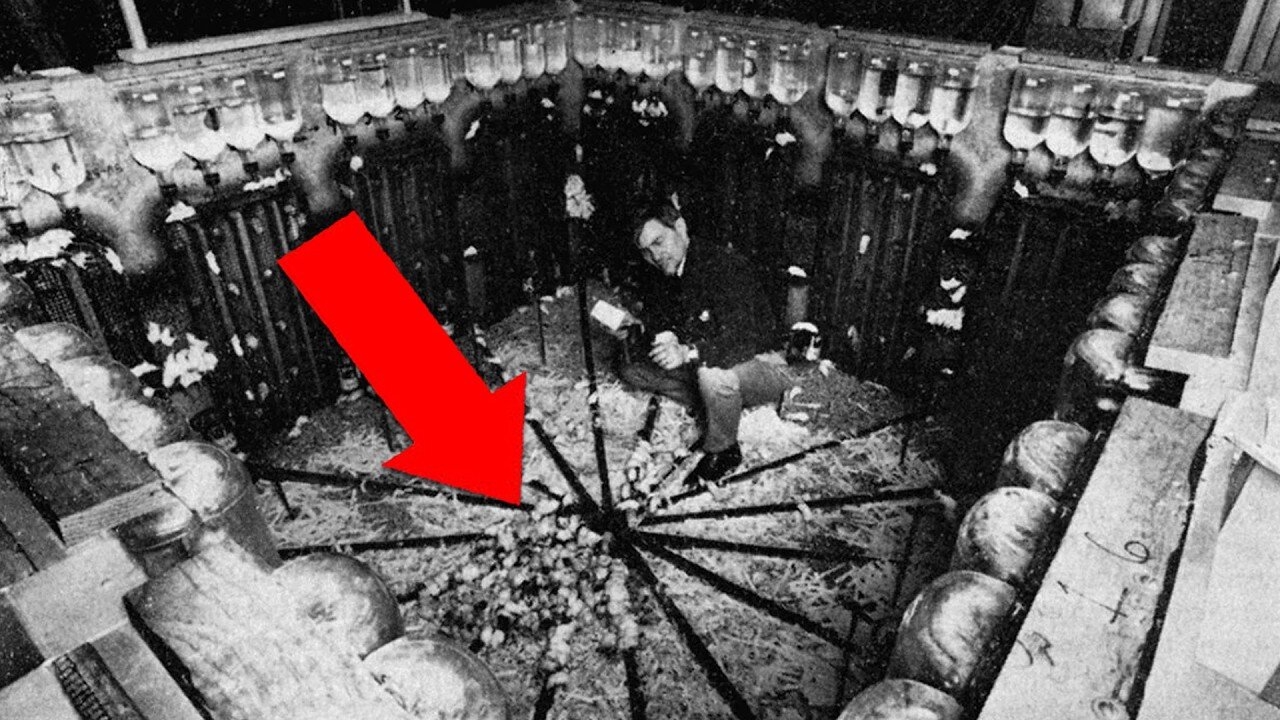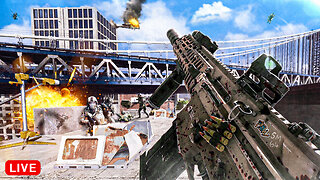Premium Only Content

5 Real-Life Nightmares That Were Only Supposed to Be Simulations
Oct 6, 2025
June 22, 1972. In a dimly lit room at the National Institute of Mental Health, John Calhoun stood over the ruins of a city. Not a city of men but of mice. Where more than 2,000 animals had once swarmed in what he called “Universe 25,” only 122 remained. This was not a famine. Not a plague. This was collapse by design.
What happens when you give a society everything it could ever want—food, shelter, safety—yet take away the possibility of escape? Calhoun built a simulated paradise to find out. What he discovered was a nightmare.
The temperature never strayed from a pleasant 68 degrees. Food and water were endless, delivered through tunnels and hoppers that could feed twenty-five mice at once. 256 nesting boxes lined the walls. No predators lurked, no disease slipped past the laboratory’s strict quarantine. Everything was perfect. And that was the problem.
At first, the utopia thrived. Every fifty-five days, the population doubled. By day 315, more than 600 mice filled the walk-up apartments, fighting for the best nesting boxes closest to the food corridors. Calhoun called this the “resource exploitation” phase. The next phase he described more bluntly: stagnation...
-
 25:56
25:56
Its Story Time!
8 hours agoInstacart Driver Threatens Cashier… It Backfires
22 -
 1:20:43
1:20:43
vivafrei
4 hours agoLive with Shawn Farash! Trump Impersonator and Conservative Activist! Viva Frei Interviews!
108K37 -
 1:43:44
1:43:44
The Quartering
4 hours agoFat Acceptance Is So Over, Church Attendance Surges, Tim Pool Water, D&D Is Full Woke Trash!
118K25 -
 LIVE
LIVE
LFA TV
20 hours agoBREAKING: JOHN BOLTON INDICTED! | THURSDAY 10/16/25
1,249 watching -
 LIVE
LIVE
freecastle
6 hours agoTAKE UP YOUR CROSS- Don't be deceived: God isn't mocked, for whatever one sows, will he also reap!
134 watching -
 1:10:28
1:10:28
The White House
3 hours agoPresident Trump Makes an Announcement, Oct. 16, 2025
30.9K32 -
 3:49:52
3:49:52
Right Side Broadcasting Network
7 hours agoLIVE: President Trump Makes an Announcement - 10/16/25
110K33 -
 LIVE
LIVE
StoneMountain64
5 hours agoBattlefield 6 is just TOO FUN
187 watching -
 14:51
14:51
Dr. Nick Zyrowski
3 days agoWho Should Follow A Low Carb Diet? (Surprising Answer!)
22.6K3 -
 1:16:41
1:16:41
Steven Crowder
8 hours agoFacts Based "Racism" | Black & White on the Gray Issues Pt. 2
384K1.44K